As the sun falls further to the south as it crosses the sky in anticipation of the end of summer I suppose I have suddenly become nostalgic, particularly about the bees which live in abundance in my garden from spring through fall. Soon I will miss them so and will be thinking of their return next year. In this quiet reverie I found myself thinking of the path they have fruitfully traced about my garden and determined to make myself a list, and then trace photographically, of the treasures that beckoned and welcomed them in their need to collect pollen for their hives, spinning it into the honey that I treasure more than you can imagine, I’m sure. In assembling this kind of bee map I discovered I can be quite proud of myself, more than I realized, for while I have not systematically “created a bee garden” with the requisite research, I have inadvertently done quite well. Take a gander!
First order of business for bees in early spring is the borage, as pictured above. It grows in abundance. It freely reseeds and I let it. So wherever it wants to grow, it does and the bees are most appreciative.
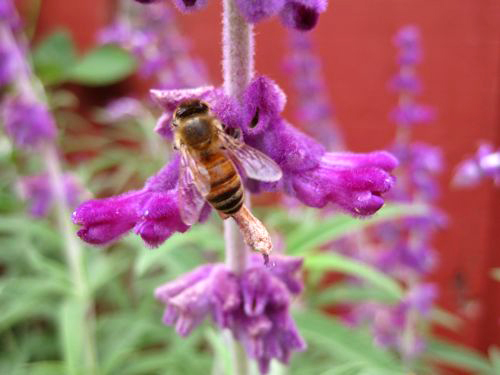
bee in lavender
Next in line, I believe are the lavenders that grow in the back garden.
About this time the Dr. Huey roses are blossoming. This is not a favorite of the bees. I don’t find bees nearly as much in love with roses as am I. But they will do.
Following the emerging of Dr. Huey is the true myrtle, one of my very favorites here, and the bees would certainly agree!
About this time the hollyhocks now are ripening and budding and opening.
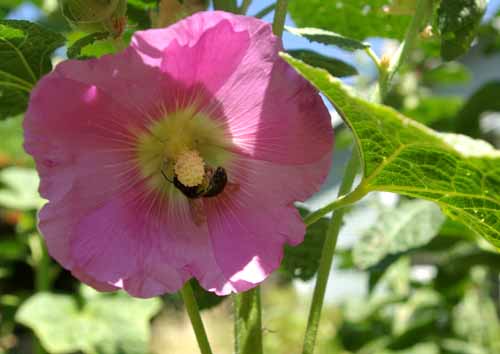
pink hollyhock with bumblebee
Concurrent with the hollyhocks is the trumpet vine which was given a free hand long before I arrived here so it is amazing abundance, wending its way through trees, into the rose arbor. I was delighted to catch this bit of action! Look very closely!
Now, wait for it!
Out she pops. 🙂
Midsummer brings the opening of the very old and abundant display of lavender in the front garden. It’s a treat, I assure you! This large old stand is a mass of bees from early in the morning until dusk for over a month. I have to make a point of watering very early so as not to interrupt their diligent work! 🙂 I adore this time when they are there. I like to bend down and put my ears close to them and listen to their lovely buzzy sister song. Heaven! And they never ever mind.
As the lavender is at last spent and moving towards its dormancy the mint and unlikely oregano are now in full blossom. The bees are particularly fond of the oregano! Who knew?
This little bee is exploring a lovely purple morning glory, wet from an early morning watering…
And this morning I discovered that the newly emerged naked ladies are a new favorite with my cherished little creatures!
What remains in bloom will sustain the bees throughout the end of this season. And then their friendly visits will recede, as they set about the work of tending the hive and the queen, preparing for next season.
I hope you have enjoyed the Bee Map of my garden! And I now find myself very curious what path the bees in your garden follow throughout the season! What treasures would the bees find from week to week and month to month in your cherished garden?
Love and honeybee blessings,
Kathryn xoxo
Book Notes: Happy to announce that Ode Magazine will be publishing an excerpt from Plant Whatever Brings You Joy in an upcoming issue in both America and Holland (in Dutch!). Also Western North Carolina Woman will be publishing a series of excerpts from the book, largely from my time in Asheville, NC.
If you find this blog of interest I hope you will consider purchasing a copy of Plant Whatever Brings You Joy: Blessed Wisdom from the Garden. Actual books are available at Estrella Catarina. The Kindle version is available in the US, the UK and in Germany in the Kindle store.
Posted on August 15th, 2011 by Kathryn
Filed under: Animals
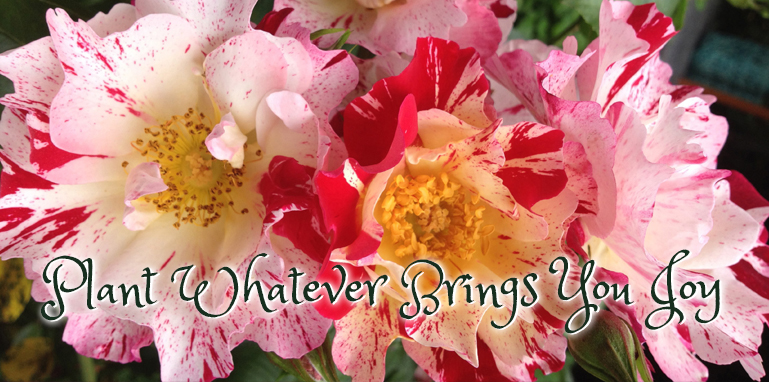
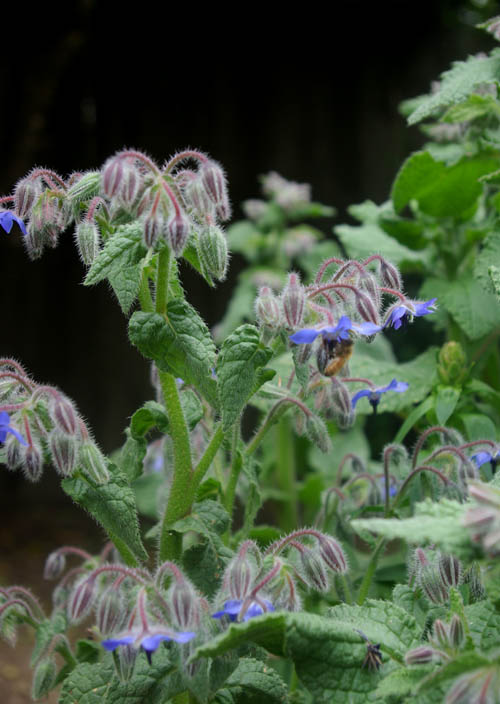
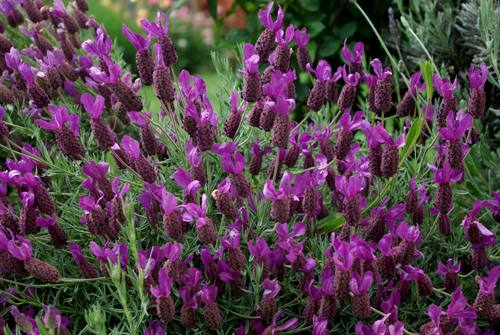

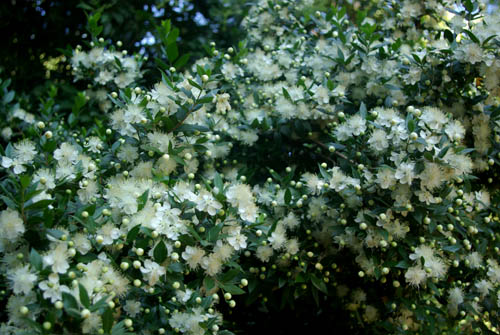



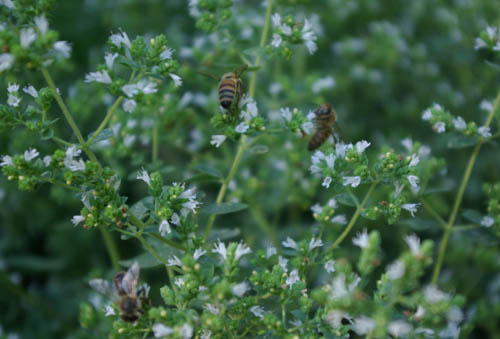
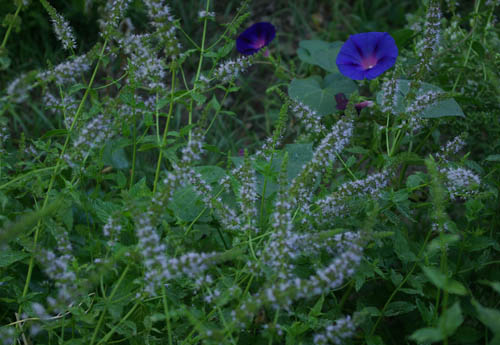
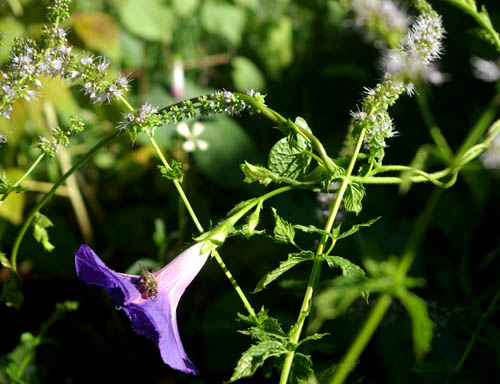
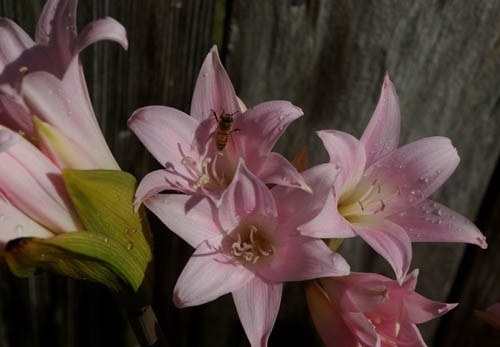

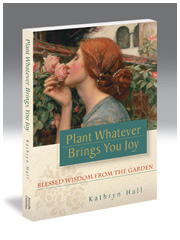




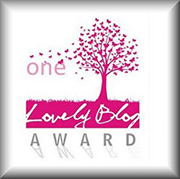



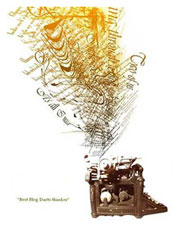
I Love this post, mom! Your pictures are beautiful! Bees are such amazing and special little gems. Thanks for sharing their journey through your gorgeous garden! 🙂
Love you,
Antonia
xoxo
Hi, Antonia, So glad you enjoyed first hand recently! Yes, the bees are very special. I have a big place in my heart for them. Glad you enjoyed the Bee Map! Love, Mom xoxo
Kathryn, This is the Queen Bee of all the posts! I loved it. I think your idea of “beemapping” is an excellent way of honoring the bees and treasuring their golden gift to us humans. I especially enjoyed the photos that catch the bees in action! I hope many will jump on the bandwagon and “beemap” their gardens too.
Hi, Brenda! Thank you so much! I’m very glad I did this. It was very educational for me to think through in retrospect of where the bees had gravitated and to learn there really were no “gaps”! They always had something in blossom they could (and did) move on to! And it did inspire me to do more next year. Very fun! Yes, I hope others will try this at home! 🙂 Hugs! Kathryn
So have you started thinking about keeping bees? You have the perfect temperment to work with them. I’ve had several friends over the years who have kept bees and frankly, they are in dire need of having more safe & non-pesticided homes if we are going to keep them going as a species. There used to be an excellent Bee Keeping effort at the Ohio Agricultural Research & Development Center in Wooster, Ohio before the tornado 2 years ago this fall. I don’t know how much they have rebuilt. But they had a huge selection of different honey flavors that they made at different times during the year. Basswood (Linden tree flowers) is one of my most favorite and I’m using blueberry blossom at the moment. Then the more traditional buckwheat (very early spring) and wildflower as well as clover, etc. The list used to be very long. I’m hoping my stash lasts until they are back up and fully running again. For anyone with diabetes, honey is the perfect sweetener. It is twice as sweet volume for volume and has half the “fast sugar” impact, making it perfect for people on a complex carb, low sugar diet. Works great for baking quick breads & muffins. Less successful in shortbread type cookies but great in bar cookies that are moist. Also fine when added to fruit in pies. So I’m so pleased you have spent the time to travel with your bees but please, consider setting up a hive or two. You should be able to get instructions at your local Cooperative Extension office. We teach classes here at the Franklin Park Conservatory through Columubs Parks & Recreation as well. I expect that there may be several options open to you and they are not necessarily that expensive a hobby. You might start by “shadowing” a local bee keeper (and what a great story that would make). California must have many of them around. Let me know where this heads. All our love, Julie
Strolling through your garden via your bee map was a fine experience. The close-ups really allowed us to peek into places we might have missed. It’s so good to know you’re enjoying your little haven so much. Thanks for sharing K.,
CD
Hi, Julie, YES! I fully intend to have a hive and learn all about bees and raise my own. There are a bunch of opportunities to learn in Mendocino County, and Sonoma County as well, so, no excuses! I am totally fascinated by them and I know I would love the practice. So, it’s just timing. And, yes, honey is a miracle food. I always keep it on hand. It’s a staple in this house! Thanks for the encouragement. I love being told I have the perfect temperament for bee keeping. Just LOVE that. Thank you! Kathryn xoxo
Hi, Carol! Thank you for visiting and sharing the journey! So appreciated! Kathryn xoxo
Hi, Adnan! Yes, the lavenders are magical! The bees think so, too! Kathryn xoxo